Air Mattress vs Memory Foam: Pros, Cons, & Differences
-
Pete Ortiz
- Last updated:
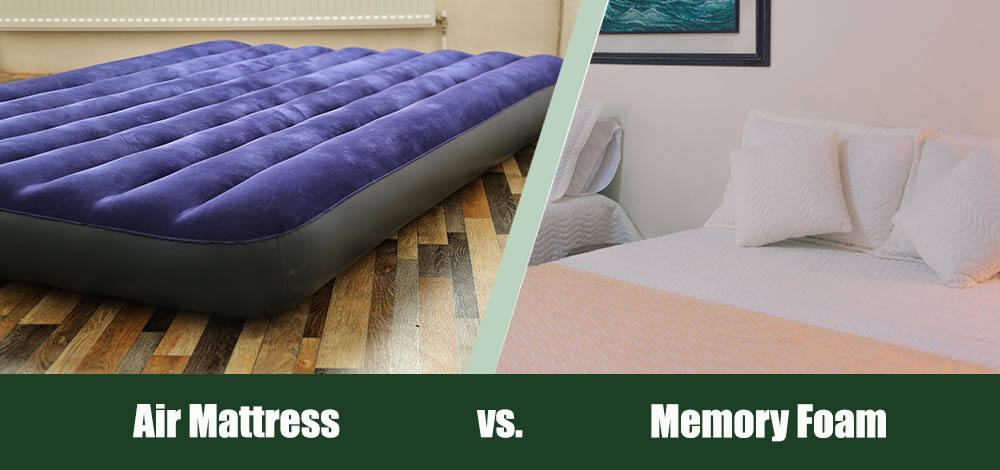
Many of us don’t pay much attention to our mattresses, despite acknowledging the fact that good sleep usually influences our daily lives to a great extent. There’s no doubt that without it, our mental and physical health suffers.
We have several different types of mattresses, and that’s what our discussion will be centered on today. We hope by the end of this guide, you’ll know what differentiates an air mattress from memory foam, and which is best for you.
Air Mattress Overview
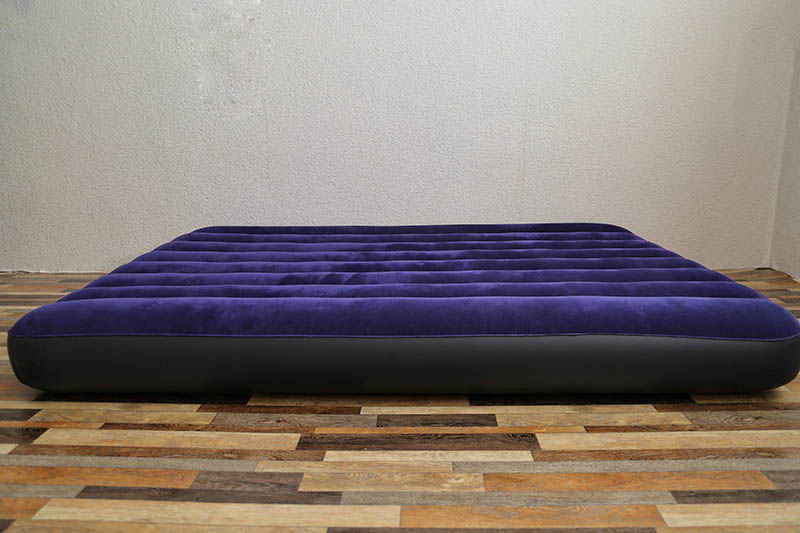
An air mattress is what some people like to refer to as an airbed. In countries such as the UK, it’s commonly known as the “lilo” or “readybed.” As you might have guessed, it’s an inflatable bed that’s very light in weight, but different from the sleeping bag or pad. These types of mattresses haven’t changed much over the years, in terms of design.
The lilo was first designed and produced in 1889, by a mid-size company that was stationed in Reading, Massachusetts. The company was called Pneumatic Mattresses & Cushions, and the high rate of approval that the product received made them see no need of making any improvements or designing a different model.
Your typical air mattress will be made of rubber fabric, vinyl, or urethane plastic.
When’s An Air Mattress Most Useful?
Camping
An air mattress is a must-have if you consider yourself an outdoorsy person. In a deflated state, they can literally fit into any type of camping bag and still leave more than enough room for other equipment. We prefer them to hammocks or camp beds because they don’t require users to assemble anything when it’s time to sleep. Plus, they are a lot more comfortable.
Guest Bedrooms
If you’ve always wondered where some of your occasional guests are going to sleep should they decide to stay overnight, it’s time to go get yourself an air mattress. It will provide that extra space and adequate comfort, thus ensuring everybody gets a good night’s sleep.
Health Facilities
An air mattress is an incredible substitute for the pressure relief mattresses that are being used in our health facilities. According to physicians and several other health experts, those mattresses are designed to improve mobility, alleviate pressure points, and protect patients against pressure ulcers—commonly referred to as bedsores.
How Much Does an Air Mattress Cost?
It’s not possible to give an accurate figure because the price of an air mattress is often influenced by several factors. We’ll have to take into consideration the size of the mattress, brand, model, etc. Nevertheless, it’s not unusual to find some of the mattresses costing less than $50, while others are more than $200.
How Long Do Air Mattresses Last?
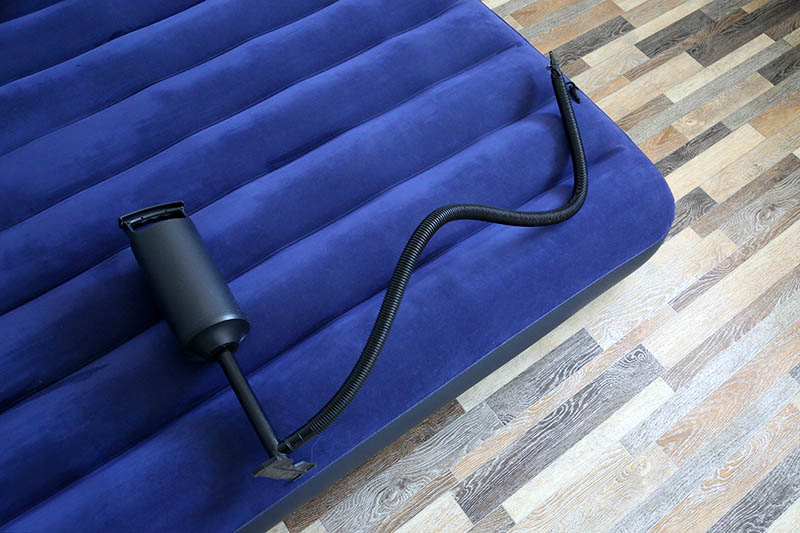
Usability and quality are the two chief factors that determine the average lifespan of any air mattress. Generally, they are designed to serve you for 2–8 years.
Storage and care are also important aspects because if you don’t fully deflate the mattress after use, or properly care for it, you’ll find yourself looking for a replacement quickly.
What Are the Benefits of Having an Air Mattress?
Customized Firmness
There’s no “set an ideal firmness” option if you go for the memory foam mattress. That level of hardness that you got when you first made the purchase, is the same level that you’ll have to sleep on for the rest of the mattress’ life. The only way to resolve that is to either make a second purchase or buy a mattress topper. Needless to say, both options are less cost-effective.
We can attest to the fact that air mattresses are an incredible solution for anyone who’s grappling with arthritis or even back pain. They are hard enough to relieve your pain—thus, making you comfortable—but not too hard to the point where they exacerbate the discomfort caused by your pressure points.
Adjusting the mattress is easy. All you have to do is release the air pressure if you’re hoping to make it softer, or pump in more air to make it harder.
Zero Sagging Issues
After a couple of years, you’ll start to realize that your foam mattress is losing its original support. And the structural shape won’t quite look the same as it used to be because of the continual pressure exerted over the years. We’ve never experienced this sort of problem with air mattresses. If it feels softer than usual, just pump in more air and that’s it!
Heat Stability
Human beings are warm-blooded in nature. That’s to say, our bodies produce heat due to various metabolic reactions. While sleeping, some of that heat gradually gets released into our surroundings, to give our bodies the opportunity to cool down.
But sometimes, especially in cases where there’s a foam mattress involved, cooling down feels like a tall order. Such mattresses are terrible at dissipating heat.
Long story short, if you live in hot climates, air mattresses are the way to go.
Portability

Portability means you could easily carry it wherever you’re going, in a backpack or luggage, without feeling inconvenienced. But you first have to deflate it because carrying an inflated air mattress is like carrying around a traditional bed.
What Are the Drawbacks to Owning an Air Mattress?
Leaks & Punctures
Air mattresses are pneumatically controlled products. And just like any other item of this nature, they are susceptible to leaks and punctures. Though they rarely or easily get punctured, this is still a possibility that you have to take into consideration before making a purchase. The good news is, if you do get a puncture, you can fix it on your own using a bicycle repair kit.
Short Warranty
This could be a stretch, but we think the reason why these products have a relatively shorter warranty could be because they get damaged easily. You’ll be given a 1-year warranty just to figure out if there’s a defect. And according to manufacturers, even if you’re not a frequent user, that’s more than enough time to report a problem.
Pump Noise
Even though you get used to it with time, your first experience will feel like nails on a chalkboard. Some models are quieter, but some are worse. they can easily wake up someone from a deep slumber. Of course, not all consumers see this as an issue, but that doesn’t mean it’s not a big deal.
- Portable
- Dissipates heat efficiently
- Offers customizable firmness
- Adjustable support
- Retains structure over time
- Susceptible to punctures and leaks
- Offer a relatively shorter warranty
- Pumps are sometimes noisy
Memory Foam Overview

All of us have NASA to thank for making our lives better—it’s their engineers who invented memory foam in the 70s, hoping it would improve the quality of their aircraft cushions. Needless to say, the project was a resounding success. In fact, it was so successful that companies adopted the idea in the 90s, to upgrade the quality of their own products.
Memory foam, also known as temper foam, is essentially polyurethane foam. But not in its purest form, as it’s mixed with several other chemicals to increase its density and viscosity.
Do you know how memory foam manages to match the pressure exerted against it? Well, the answer lies in its open-cell structure. The cells contain air pockets that have been engineered to facilitate breathability.
What Are the Different Types of The Memory Foam Mattress?
We currently have three types of memory foam. There’s the traditional type (it’s the most common), gel foam, and plant-based. They are all different in terms of motion isolation, firmness, and general feel. The only similarity is in their ability to support different sleeping positions. In other words, regardless of the type of foam you go for, you’ll always feel comfortable sleeping on your stomach, back, or side.
Traditional Foam
This was the first foam to be invented. It’s often manufactured using petroleum-based raw materials, and the production process has never changed over time. In retrospect, this could be the prime reason why the current memory foams have a similar feel to those produced decades ago.
What’s more, it still has that open-cell structure that immediately reacts to pressure and body heat. Hot sleepers tend to avoid this type of mattress because it retains a lot of the heat it absorbs.
Gel Foam
Memory gel foam is still relatively new in the market—we were introduced to it in the early 2010s.
The issue of heat retention is what facilitated the conception of this idea, by the way. Brands were trying to widen their customer base but failing miserably because hot sleepers were avoiding the traditional memory foam.
They thought long and hard about what the ultimate solution could be, and after a while, they started infusing gel into the layers. The hope was to create some sort of barrier that would evenly dissipate body heat, thus providing a cooling effect. The only downside was that it gave their mattresses extra buoyancy.
Plant-Based Foam
Global leaders and climate activists started holding conversations about how we could reduce the amount of volatile organic compounds (VOCs) degrading our physical environment. Those conversations led to more discussions which encouraged memory foam manufacturers to start looking for alternatives that were less harmful to planetary health. That’s how the plant-based foam came into being.
Plant-based foam mattresses are not entirely plant-based. If that were the case, they wouldn’t have a consistent bounce. They get their bounce from petrochemicals, but they are still regarded as the healthier alternative to traditional memory foam. Their open cells are also comparatively larger, hence making them more breathable.
What’s The Lifespan of a Memory Foam Mattress?
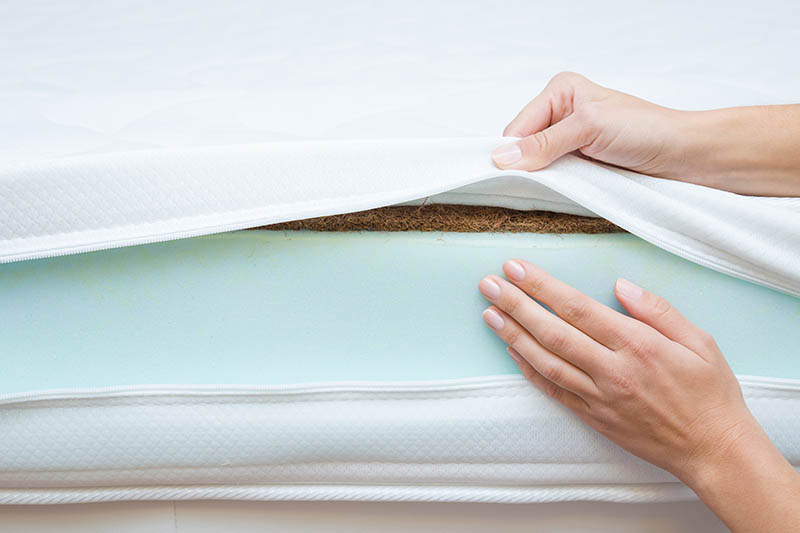
It’s not easy figuring out their lifespan, given they vary even within the product lines. But it mostly depends on the foam density. And to accurately determine their density, you have to take into account the weight and size of the mattresses.
A good quality memory foam will have a density that falls between 4.5 and 5.3 pounds.
What Are the Main Benefits of Memory Foam?
Comfort
When it comes to comfort, the cushioning support delivered by memory foam is second to none. And we’re guessing that’s because the primary raw material used has a unique viscoelastic property. It cradles your body in a fashion that can’t be replicated by all the other types of mattresses.
Motion Isolation
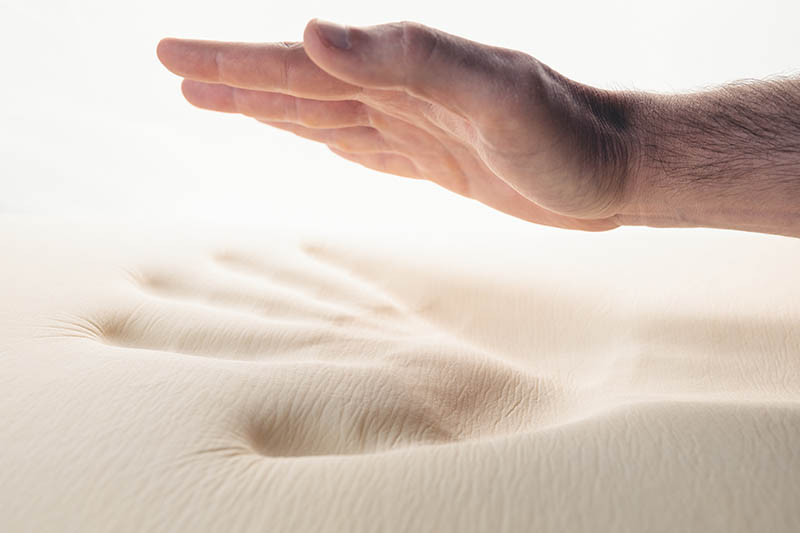
Sharing your bed with a partner who’s always restless is never easy. You’re guaranteed to feel any movement or activity, any time they toss or turn. But if you’re both sleeping on a memory foam mattress, its material acts as an absorbent. You’ll never know what’s going on that side of the bed because their movements are confined to that area.
It’s also important to add that these types of mattresses don’t usually contain metal springs. Therefore, if you’re a light sleeper, you won’t have to worry about noises waking you up in the middle of the night.
Hypoallergenic
The term “hypoallergenic” is often used to describe substances that are “void of allergens.” However, that doesn’t imply that it’s 100% safe. It’s just less likely to trigger any form of an allergic reaction, compared to other types of mattresses.
What’s The Downside of Owning a Memory Foam Mattress?
Heaviness
Memory foam mattresses are heavy. Some would even say too heavy, largely due to the polymer used in production.
Not Ideal for Hot Sleepers
We’re appreciative of the fact that they help us relieve back and joint pain, but at the same time, it’s not easy getting a good night’s sleep with all that heat retained.
- Ideal for people suffering from arthritis and joint pains
- Offer high-level comfort
- Hypoallergenic
- Very resistant to motion transfer
- Eco-friendly
- Not ideal for hot sleepers
- Heavier than the air mattress
- Doesn’t retain structure over time
Conclusion
If you’re trying to figure out which type of mattress best suits you, you’ll have to test both of them. In our opinion, there’s no good or bad mattress. All mattresses are useful as long as they meet quality and safety standards. That said, air mattresses are lightweight and convenient to transport, while memory foam is unparalleled in terms of comfort.
Featured Image Credit: (L) Maria Studio, Shutterstock
Contents



